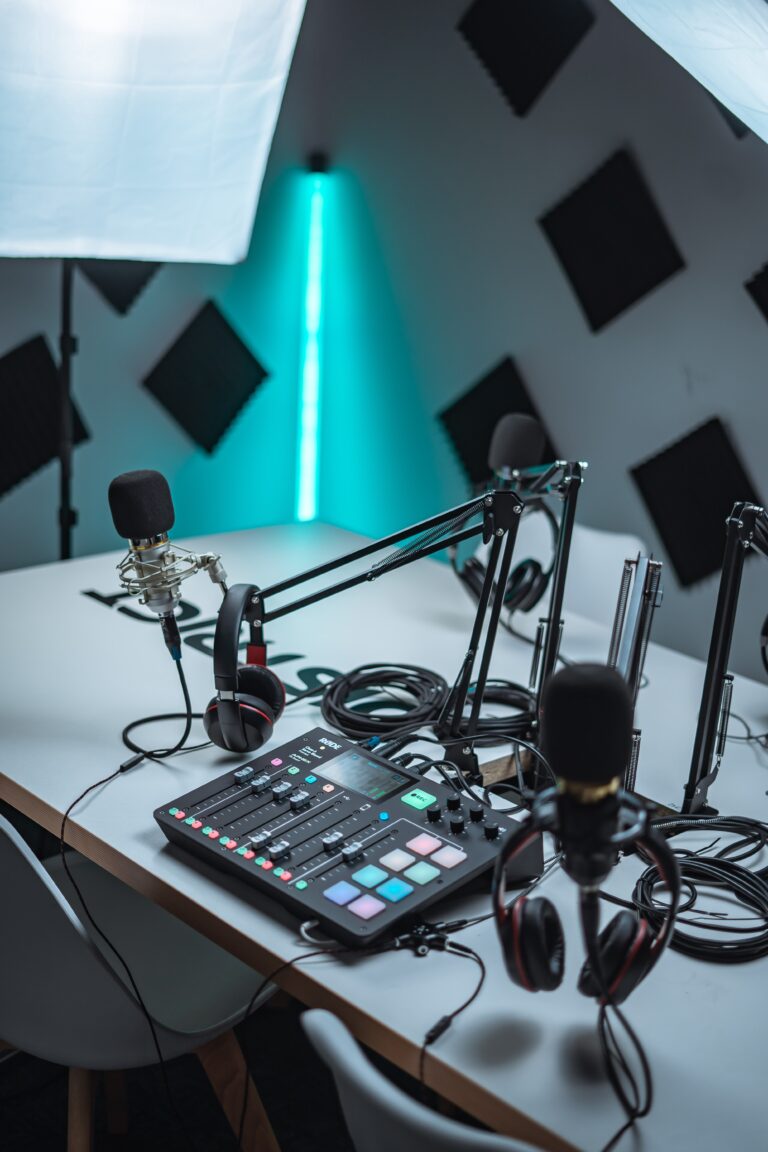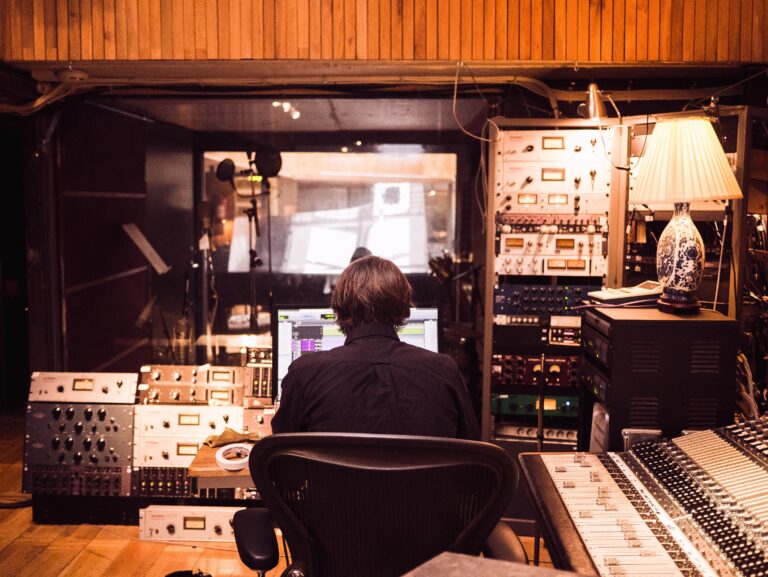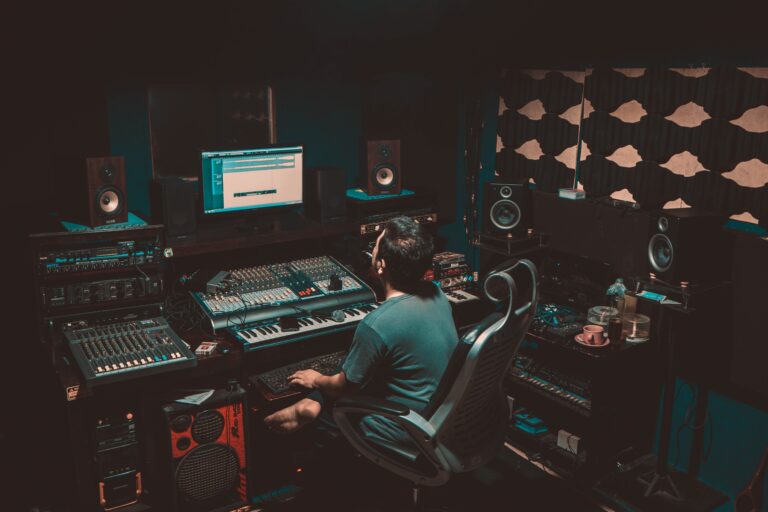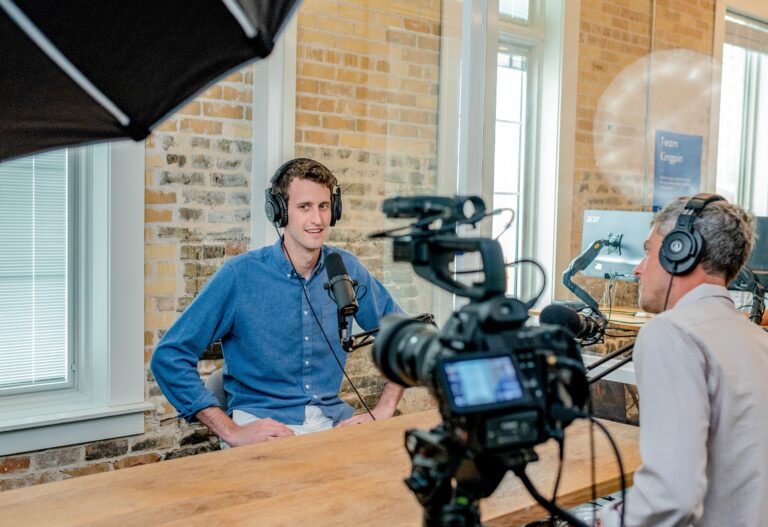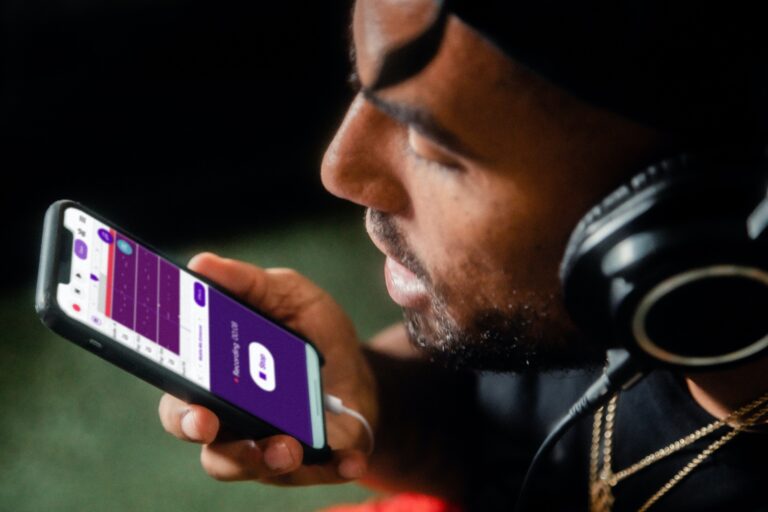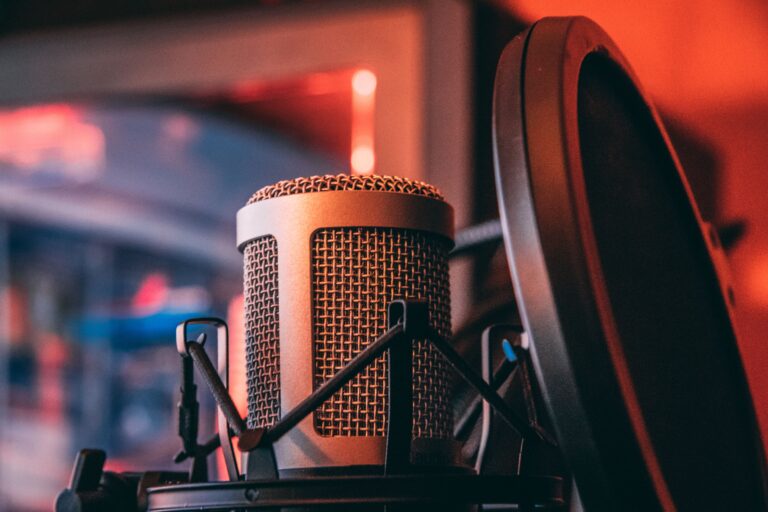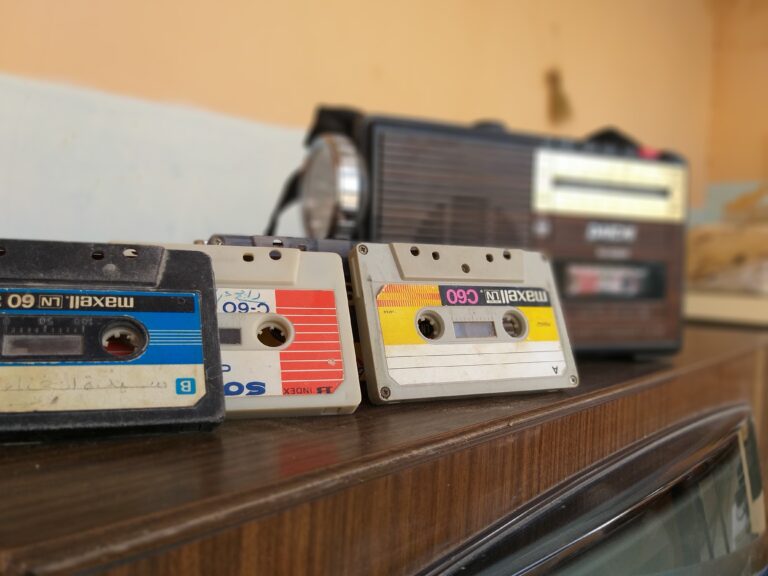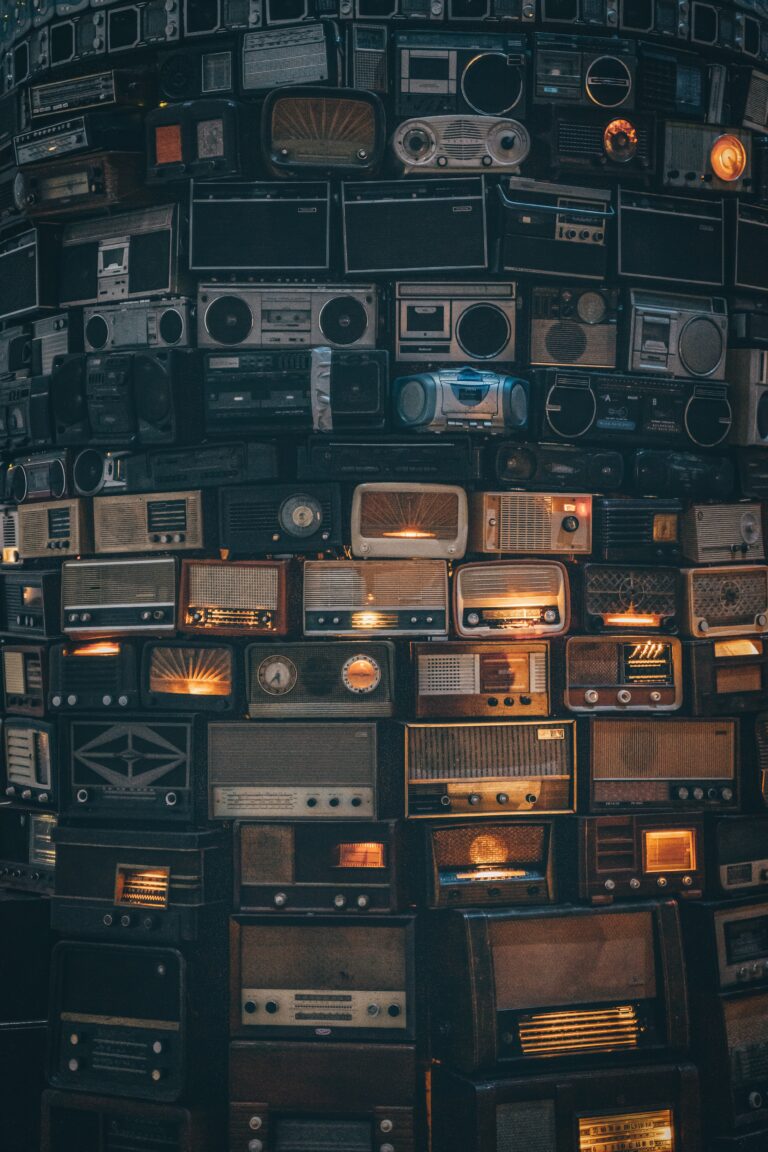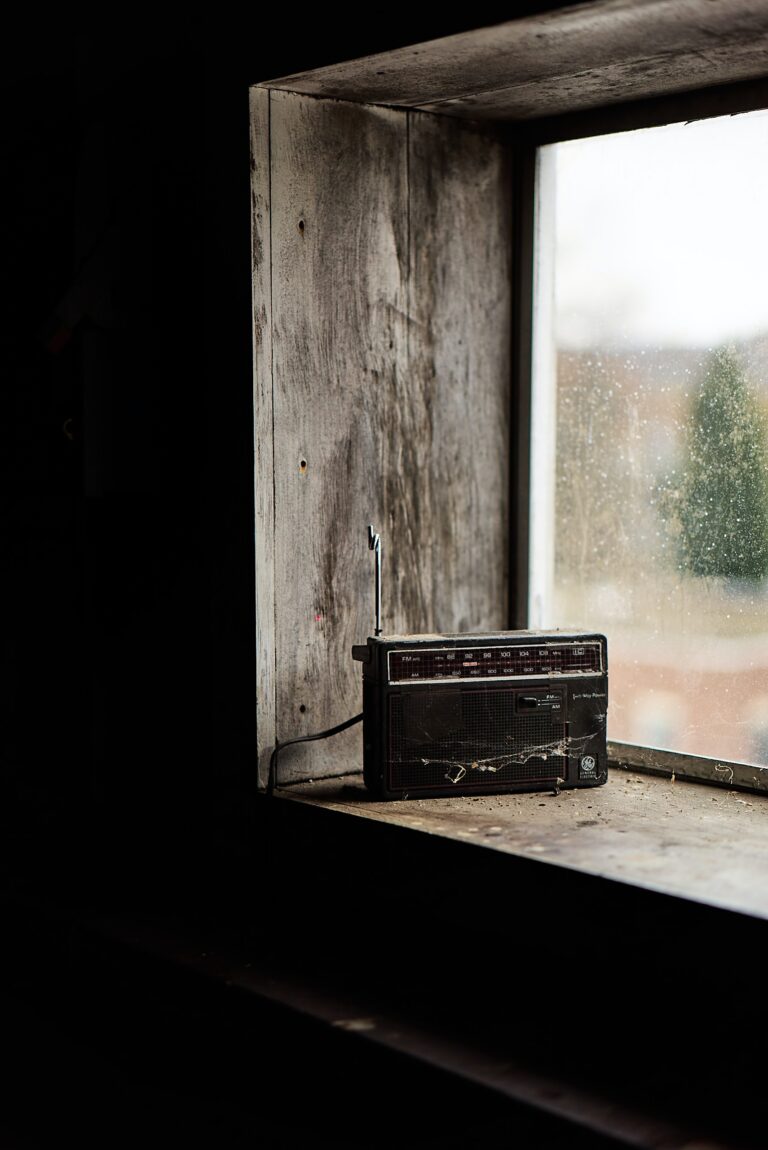In the world of radio broadcasting, creating a consistent sound and brand identity is crucial for capturing and retaining listeners. One way to achieve this is through the use of various audio elements such as radio beds, music promo beds, jingles, and imaging beds.
Radio beds are long instrumental segments that can be used as background music for a radio show or commercial. They can be used to set the tone for a segment or to create a sense of continuity between different elements of a show or commercial. These beds can be instrumental versions of popular songs, original compositions, or a combination of both. They help to create an atmosphere that is in line with the content of the segment and can enhance the overall listening experience.
Music promo beds are similar to radio beds, but they are specifically designed to promote a new song or album. They are usually instrumental versions of the song and can be used to give listeners a taste of the music without interrupting the flow of the show. This is a good way for the radio station to promote new music and for the artists to get their music heard by a wider audience.
Jingles are short, catchy musical segments that are used to identify a radio station or show. They are typically sung and include the station’s call letters or brand names. They are designed to be memorable and stick in the listener’s mind. Jingles can be used for station identification, for promoting a specific show, or for promoting the station’s website or social media page.
Imaging beds are specific types of radio beds that are created to support the overall imaging of a radio station. They are used for the ID of the radio station, for transitions, for sweepers, and more. They are instrumental segments that have been created to align with the brand and identity of the station, to create a consistent sound and image for the station. They are a crucial part of radio station imaging as they help to create a consistent sound and image throughout the station.
All of these elements are typically produced by professional audio production companies, with specialized software and equipment. It is a creative process that requires knowledge of music composition, sound engineering, and branding. These audio elements are carefully crafted to align with the station’s overall brand and target audience and are used together to create a memorable listening experience for the audience.
